Lake Manyara National Park
PACKING LIST
Preparing for this safaris may be hectic and this is why we carefully created this packing list for you to use while packing for your bucket list adventure.
All of our safaris are custom and private. For quotes, it is best to submit an inquiry to our websites contact form. We will reply with general information regarding how we operate our safaris as well as estimates. From there, we can customize and plan your dream safari based on your preferences (number of days, number of guests, type of accommodation, domestic flights, etc).
A Tapestry of Wildlife and Scenic Beauty
Nestled in the northern region of Tanzania, Lake Manyara National Park is an enchanting blend of diverse ecosystems and vibrant wildlife. Despite its smaller size, the park showcases a rich variety of animals and breathtaking landscapes, ensuring an unforgettable safari experience.
Size of Lake Manyara National Park
Covering approximately 2,850 square kilometers, Tarangire National Park is the sixth largest national park in Tanzania. Its expansive terrain includes granitic ridges, river valleys, and swamps, stretching southeast of Lake Manyara.
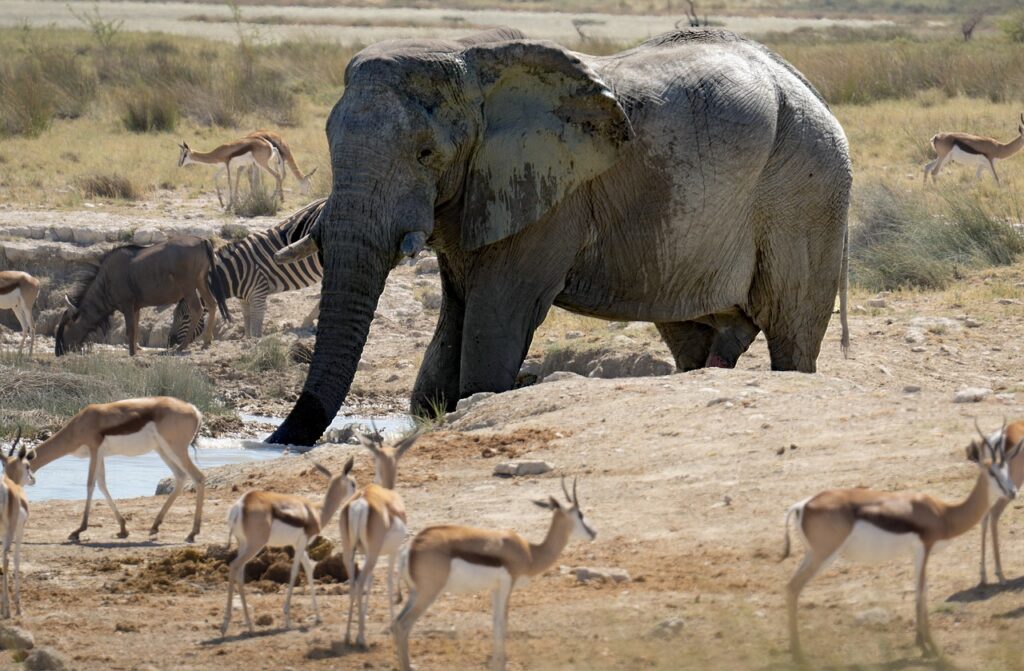

Vibrant Wildlife of Lake Manyara National Park
Don’t be fooled by its size—the park boasts an impressive array of wildlife. Elephants flourish here, making it an excellent destination to observe these majestic creatures. Additionally, Lake Manyara is famous for its rare population of tree-climbing lions, found in only a few places in Africa. The park is also a haven for baboons, hosting Africa’s largest and most concentrated population. Other common sightings include zebras, wildebeest, giraffes, warthogs, and impalas.
Bird enthusiasts will be delighted by the park’s avian inhabitants. Lake Manyara is a birdwatcher’s paradise, housing hundreds of species such as flamingos, pelicans, storks, and cormorants. During the wet season, the lake becomes a hotbed for migratory birds, earning international recognition as a premier birding destination.
Noteworthy Features of Lake Manyara National Park
Lake Manyara National Park is renowned for its outstanding birdlife, rare tree-climbing lions, and the stunning sight of pink-hued flamingos gracing the shimmering lake. The park’s diverse environment, ranging from lush groundwater forests to acacia woodlands, grassy floodplains, and an alkaline lake, is a major attraction for visitors.
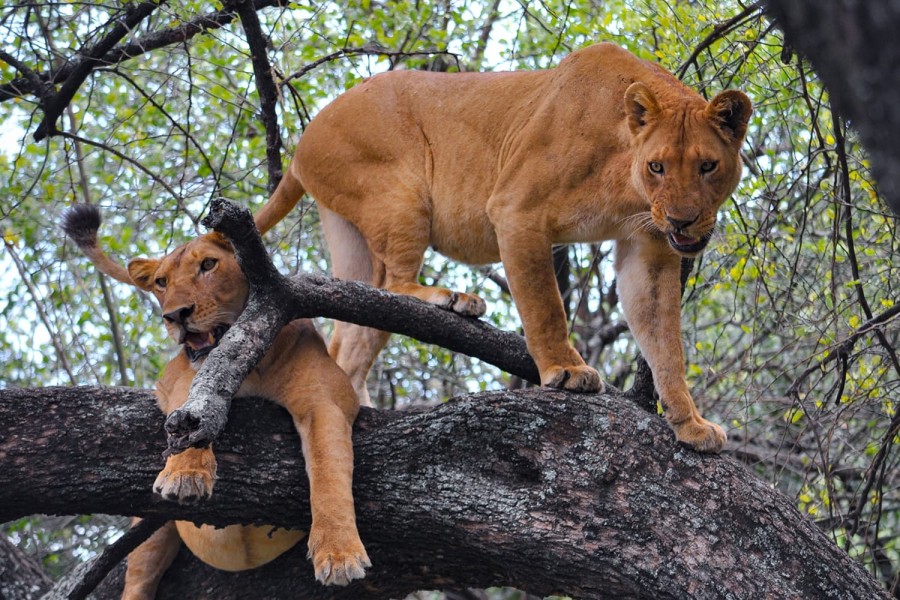
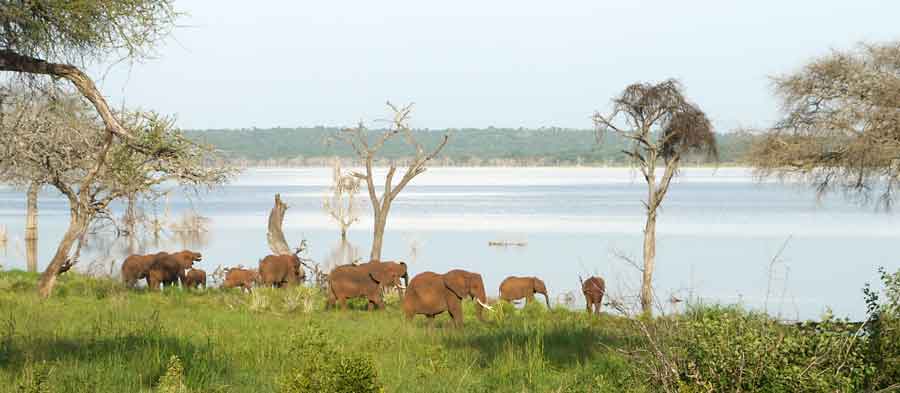
Planning Your Visit to Lake Manyara National Park
To make the most of your trip to Lake Manyara National Park, consider visiting during the dry season (June to October). Wildlife viewing is optimal during this time as animals congregate around the lake and other water sources. Birdwatching enthusiasts may prefer the wet season (November to June) when migrating birds are present.
Accommodations within and around the park cater to various preferences and budgets, and lodges to luxurious tented camps. Activities available include game drives, canoeing (when water levels are high), cultural tours, picnicking, mountain bike tours, and birdwatching.
Why Lake Manyara National Park Should Be on Your Itinerary
Although smaller in size, Lake Manyara National Park offers a concentrated and diverse safari experience. It provides an excellent introduction to Tanzania’s birdlife and presents a unique opportunity to witness tree-climbing lions. The park’s varied habitats, compactness, and proximity to Arusha and other popular safari destinations make it a convenient and rewarding addition to any northern Tanzania itinerary.
Prepare to be captivated by Lake Manyara National Park’s stunning scenery and the remarkable array of wildlife it harbors. It is an unspoiled gem that beckons explorers, adventurers, and nature enthusiasts to immerse themselves in Tanzania’s untamed beauty. Don’t miss the chance to experience this dazzling display of nature’s wonders in its purest form.

Animals to Spot in Lake Manyara National Park

African Elephant
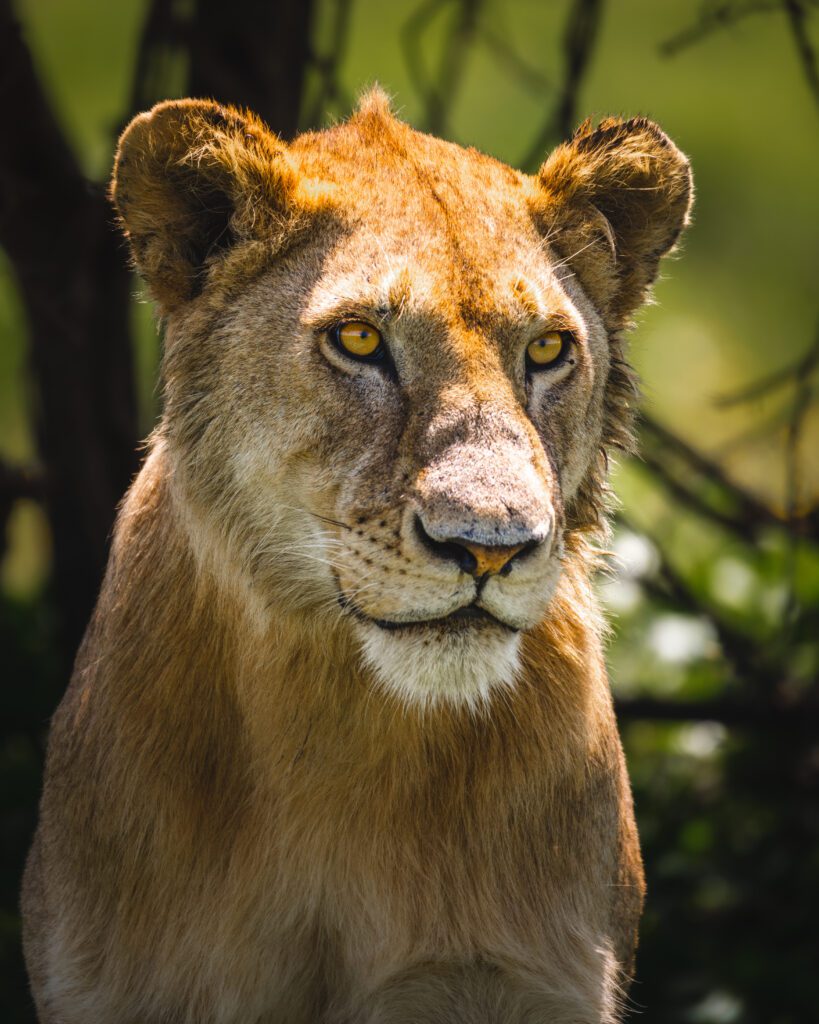
Lions
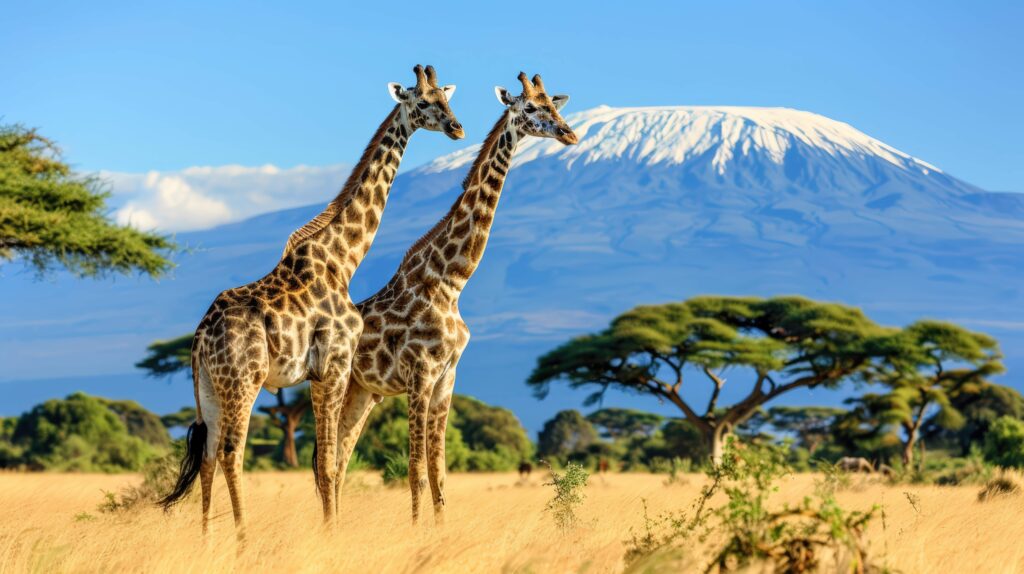
Giraffes
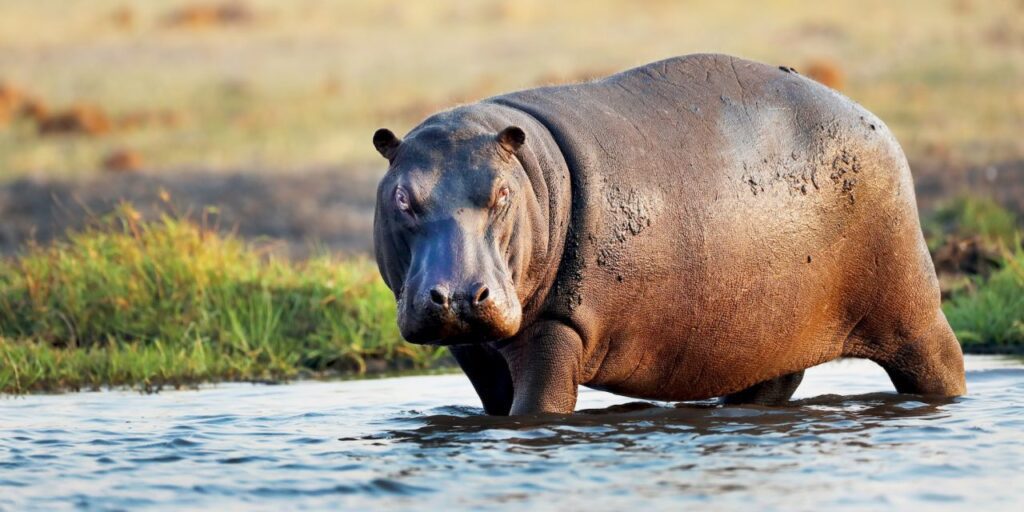
Hippopotamus
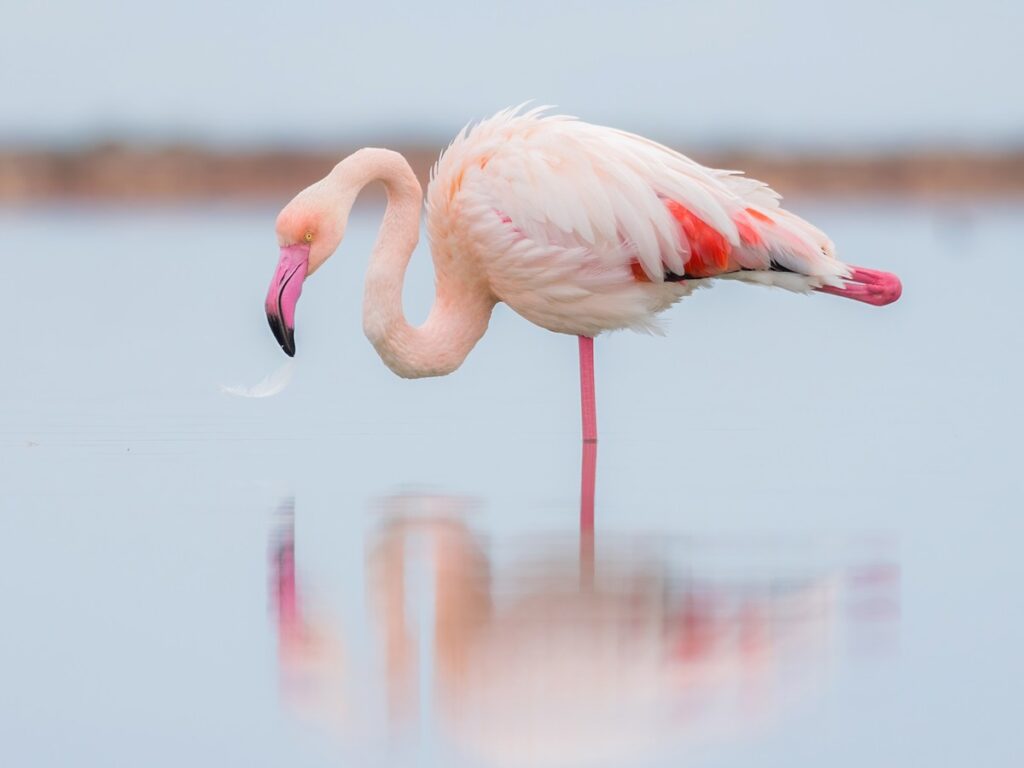
Flamingo
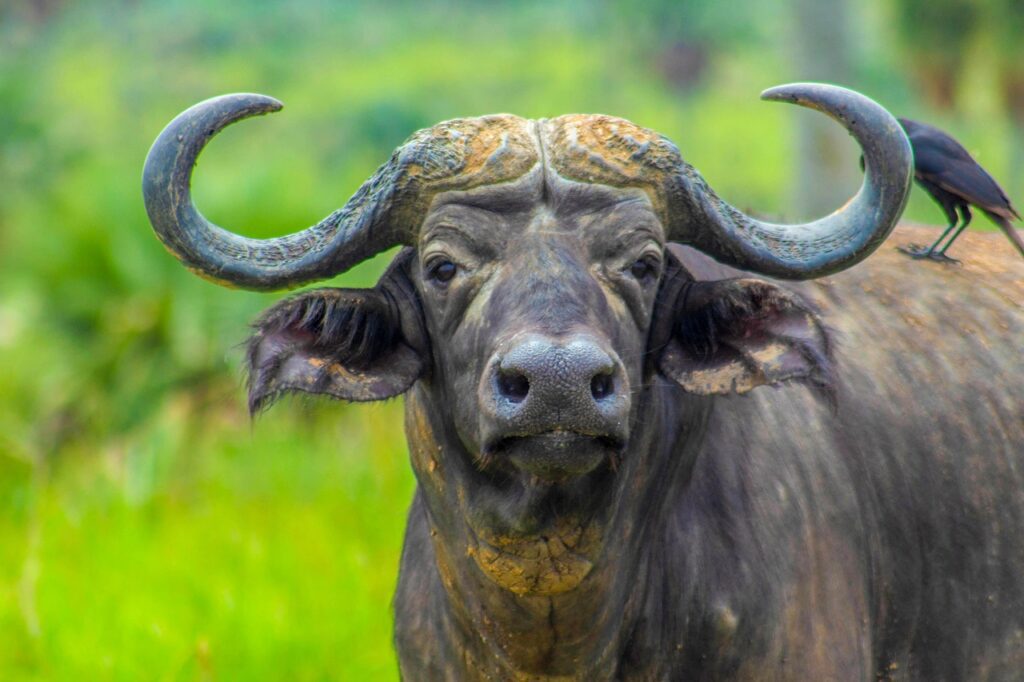
Buffalo
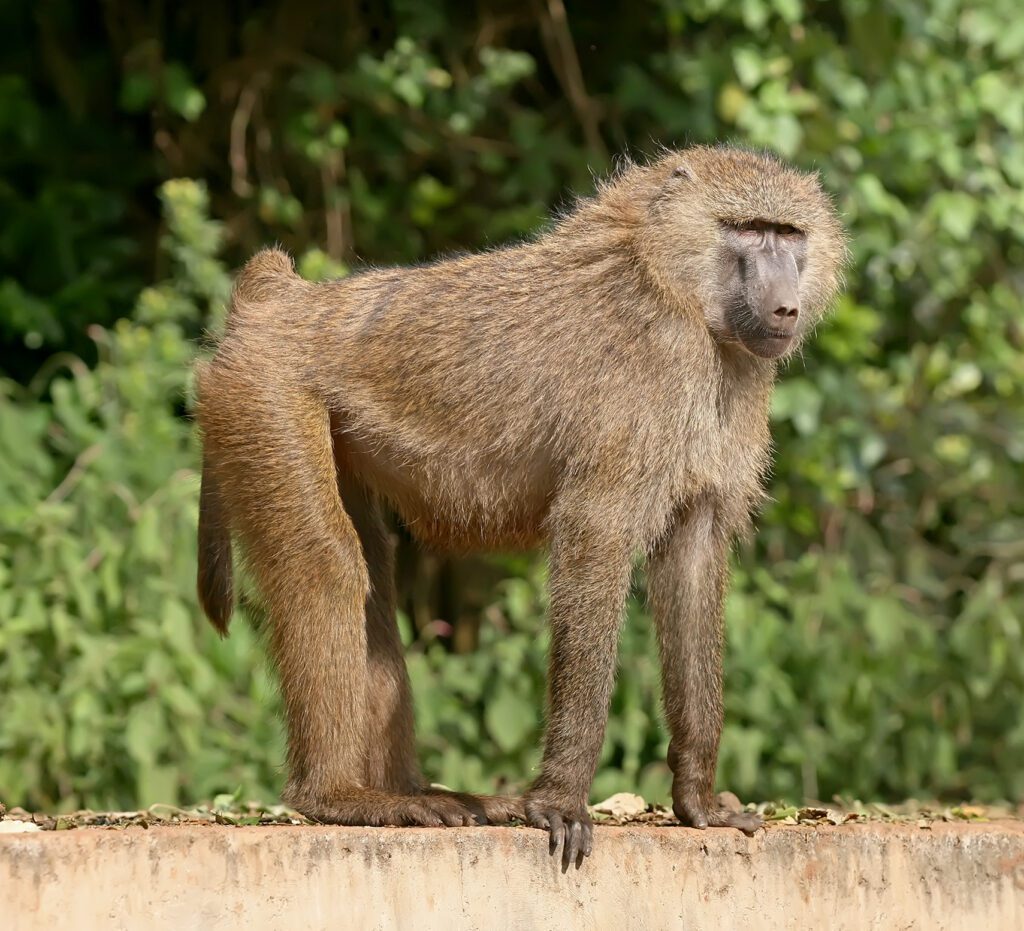
Baboons
